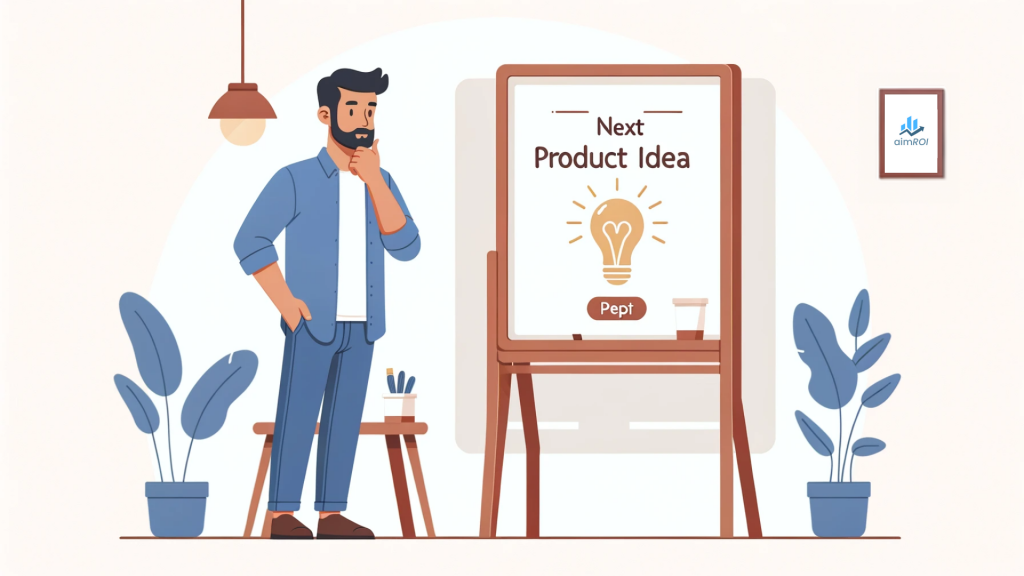Explore why product ideas fail and strategies to increase your chances of success in the competitive market.
Having worked extensively in product development, I’ve come up with hundreds of ideas and launched numerous products. Sadly, many have failed, with a smaller number of successes.
This isn’t unique to me; it reflects a broader trend where many product ideas don’t make it. Nearly 30,000 new products are introduced each year, and 95% of them fail
Let’s dive into why this happens and discuss some strategies for success.
Solving Non-issues
Often, we invent solutions for problems that don’t really exist. For instance, imagine creating a fork that can also play music while you eat. It sounds innovative, but it solves a problem that most people don’t have.
This misstep means resources are wasted on something the market never asked for.
Entering Crowded Markets
Jumping into an overly competitive market without a unique selling point is like trying to be heard in a noisy room. Take the smartphone market, for example. New entrants must offer something distinct, like exceptional camera technology or battery life, to stand out. No wonder even established companies with deep pockets failed!
Poor Execution
Even the best ideas can fail if they’re not executed well. Consider a startup with a revolutionary app idea that fails because it couldn’t deliver a user-friendly interface or ensure reliability. The gap between a concept and a successful product often comes down to execution.
Budget Mismanagement
Underestimating the cost to develop and market a product can lead to failure. For example, a tech startup might burn through its budget on development without setting aside enough for marketing, preventing the product from ever reaching its intended audience.
Wrong Timing
Launching a product at the wrong time can doom it from the start. Tablets are a prime example of how critical timing can be. They actually existed long before they became popular, but the early versions didn’t take off because the market wasn’t ready.
Consumers didn’t see the need for them, and the technology wasn’t as advanced. It wasn’t until later, when companies like Apple introduced the iPad, that tablets really caught on.
By then, technology had improved, people were more comfortable with digital devices, and there was a clear use case for them.
This shows how launching a product at the right time, when the market is ready, can make all the difference.
Strategies for Better Outcomes
- Focus on the Customer: Begin by identifying actual problems faced by potential customers. For instance, Airbnb recognized the need for more affordable lodging options, tapping into a real market demand.
- Differentiate in the Market: Look for less competitive niches or create new value that makes competition irrelevant. Dyson did this by reimagining the vacuum cleaner, focusing on powerful suction and a bagless design.
- Ace the Execution: Ensure your team, technology, and processes are aligned to bring your idea to life effectively. Consider how companies like Apple focus on the details of both product design and customer experience.
- Budget Wisely: Use a lean approach, testing your product in stages and adjusting based on feedback. Kickstarter campaigns are a good example of testing market interest before full-scale production.
- Time Your Launch: Study the market to choose the right moment for your product. Seasonal products, for instance, should launch ahead of their relevant season to maximize sales.
Wrapping Up
Yes, the reality is that most new product ideas don’t survive. However, that doesn’t mean success is out of reach! The strategies outlined here offer a glimpse into how one might navigate these challenges and beat the odds. There are undoubtedly many other tactics worth exploring.
If you’ve got some ideas or strategies of your own, feel free to share them.
Looking forward to your perspectives!
Vladimir

